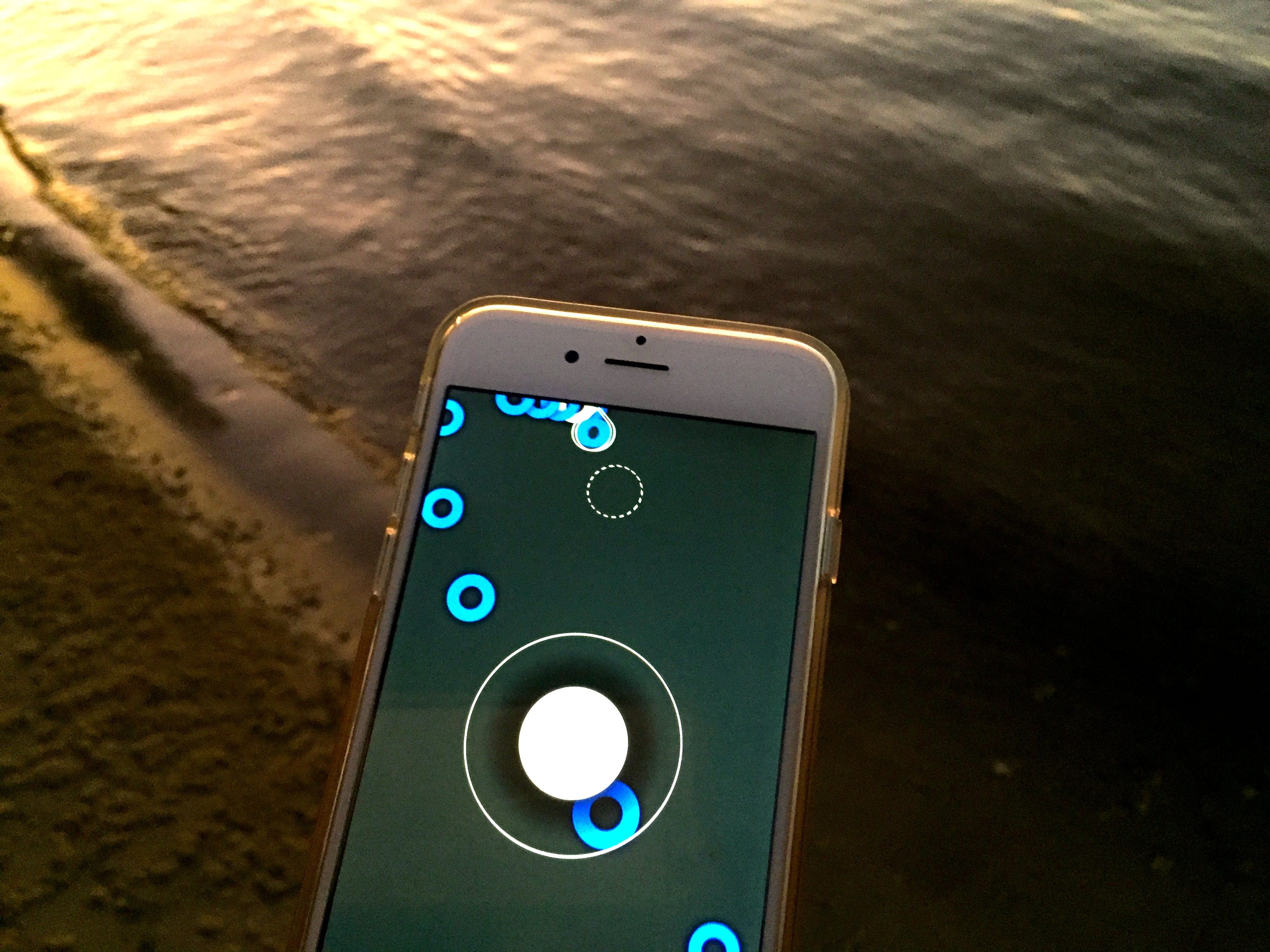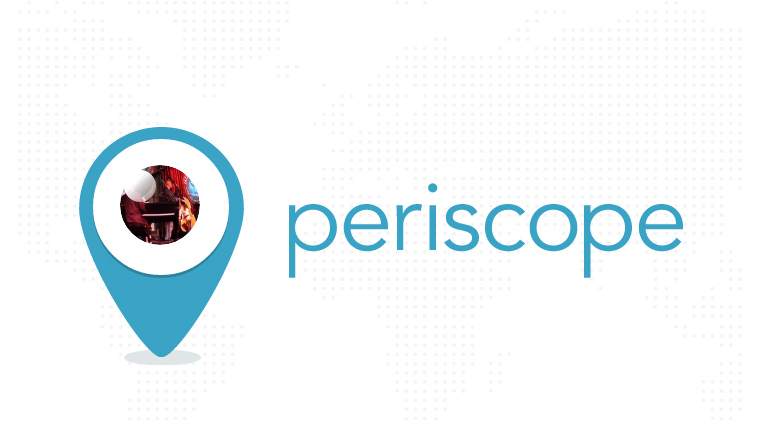In October 2014 Leah Barclay was invited to premiere the River Listening installation at the ASU Art Museum in Arizona as part of the Listen(n) Symposium.
The symposium featured scholarly and creative presentations, including research papers, panel discussions, musical performances, installations, and sound walks and a welcome from Tohono O’odham musicians. It provided a forum for a growing body of scholarship and creative activities on acoustic ecologies and sustainability issues of American Southwest desert.
The keynote address at the ASU Art Museum on October 16 featured Dr. Sabine Breitsameter (Berlin/Darmstadt), Professor for Sound and Media Culture at Darmstadt University of Applied Sciences.
The keynote was proceeded by a collaborative community engagement in making John Cages 49 Waltzes for the Tempe campus, a concert of John Cages Child of Tree by Simone Mancuso and opening remarks from Tamara Underiner, Associate Dean, Research, HIDA, and was followed by an opening reception at the ASU Art Museum.
The full day Symposium on October 17th, 2015, began with an opening welcome and blessing by “Kieg Mek Ne’edham kc Kehindam” from the Gu Achi District, Tohono O’odham Nation, led by Simon Lopez, traditional singer, curer, and cowboy. It also featured presentations from the Chair of the World Forum for Acoustic Ecology, Eric Leonardson and the founder of the Balance-Unbalance conference, Ricardo Dal Farra with opening remarks from the Director of IHR, Sally Kitch and a presentation and demo of the EcoRift system for Oculus Rift developed as part of the Listen(n) project to enable remote visitation to national park environments by the elderly and disabled.
The closing concert at the ASU Art Museum featured new musical works composed from the sounds of the SW Deserts recoded as part of the Listen(n) Project by leading acoustic ecology composers include Ros Bandt (AU), Leah Barclay (AU), Douglas Quin (USA), Ricardo Dal Farra (CDN), and Garth Paine (USA/AU).
The inaugural Listen(n) Symposium was hosted by the ASU Art Museum, the Herberger Institute of Design and the Arts and the Julie Ann Wrigley Global Institute of Sustainability. Funding support was received from the Institute for Humanities Research, Herberger Institute, and the Schools of Music, Arts Media and Engineering and International Letters and Cultures, ASU.
The River Listening installation featured throughout the symposium in the foyer of the ASU Art Museum.
“River Listening is an interdisciplinary collaboration between Leah Barclay and the Australian Rivers Institute to explore the creative possibilities of aquatic bioacoustics and the potential for new approaches in the conservation of global river systems. The project involves listening labs, field recording, sound maps, performances and installations to experiment with virtual technologies and community engagement in understanding river health and aquatic biodiversity.
This exclusive installation for the 2014 Listen(n) Symposium draws on hydrophone (underwater) recordings from the Mary River, Noosa River and Brisbane River in Queensland, Australia collected throughout 2014. The additional sonic material draws on fragments from Barclay’s previous rivers projects across Australia, Brazil, India, Korea, China and Europe. This includes the Amazon River Dolphin in central Brazil, water insects at dusk on the banks of the Pamba in southern India, snapping shrimp in Australia’s Noosa River and explorations on London’s iconic Thames. This installation explores rivers as the lifeblood of communities and draws on ten years of collaborations with river systems across the world.”
Further information on the full symposium program is available here – http://listennsymposium2014.sched.org/










